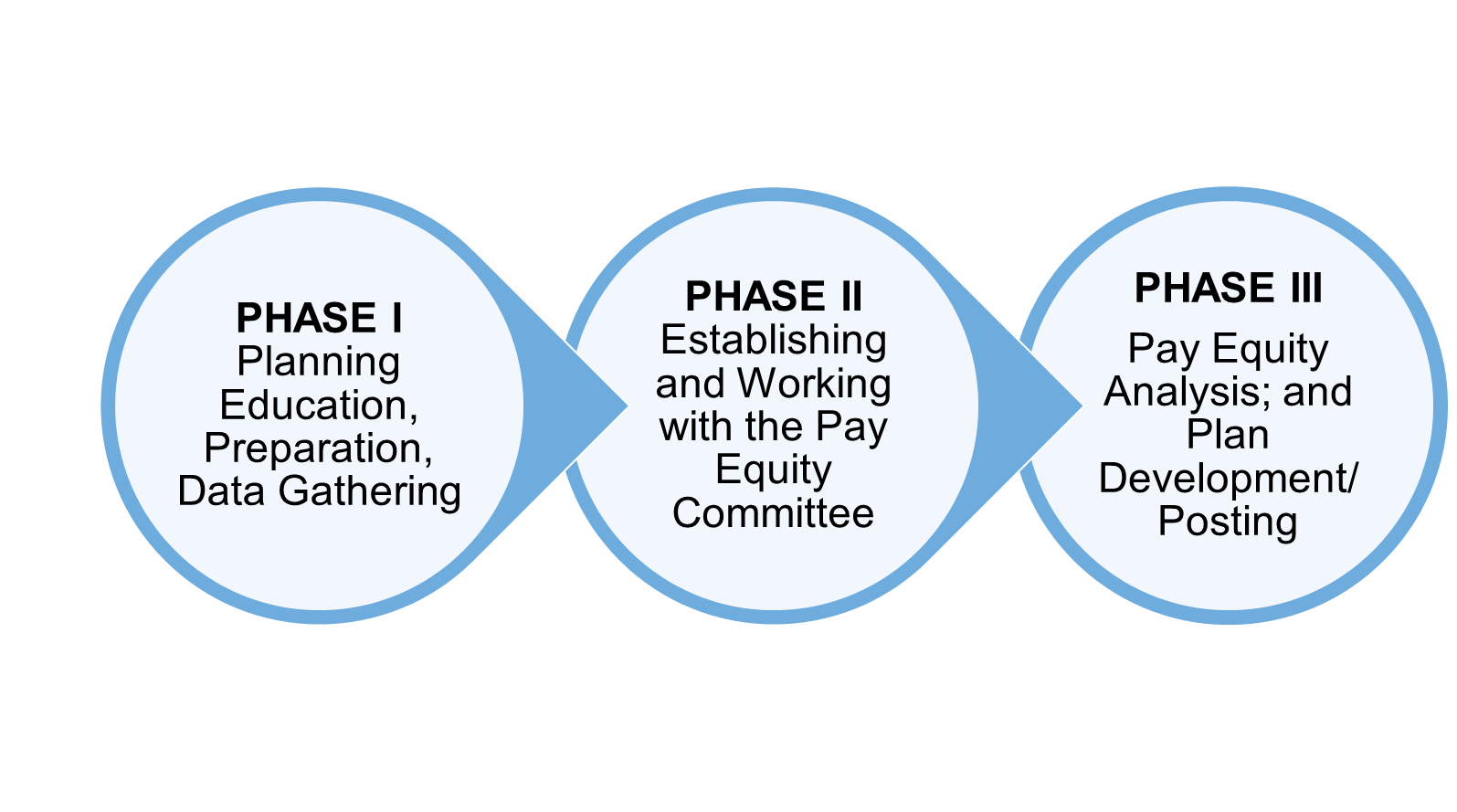Authors: Susan Tang Mary Turan

The government has made a clear commitment and priority to closing the gender wage gap in the Canadian economy. In 2019, the Canadian Federal government introduced Bill C-86, and the Pay Equity Act received Royal Assent in December 2018. The final Pay Equity Regulations are now published and will be in force on August 31, 2021.
All federally regulated private and public sector employers with ten or more employees will have three years to develop and implement their proactive Pay Equity Plan(s). For those employers that are subject to the Act as of August 31, 2021, a final version of the Pay Equity Plan(s) must be posted within the workplace no later than August 31, 2024.
Are you ready? How do federally regulated employers prepare for this robust, proactive pay equity legislation?
Even though various aspects of this new legislation are similar to the Ontario and Quebec provincial legislations — there are key differences. As a result, many employers are wondering what to expect and how to prepare for this new robust, proactive pay equity legislation.
As a first step, employers will be required to inform and communicate with employees that they will be establishing a Pay Equity Plan in their workplace. Key requirements in the process are to include:
- Posting notices informing employees of the establishment of a Pay Equity Plan on or before November 1, 2021
- Requesting for multiple Pay Equity Plans The general rule is that a single Plan should be developed. Establishing multiple Pay Equity Plans is an exception to the rule. The Commissioner will only approve applications where parties can establish that it is appropriate under special circumstances to have multiple Pay Equity Plans and is consistent with the spirit of the Pay Equity Act. We anticipate that requesting an exception to the rule will need to be clearly articulated and evidence based. Employers will need to first determine if there are objections from employees affected by the separation of the Pay Equity Plans.
- Establishing a Pay Equity committee when an employer has 100+ employees and/or with unionized employees
- Evaluating jobs using a formal job evaluation systems comprised of Skill, Effort, Responsibility and Working Conditions
- Preparing detailed Pay Equity analysis using the methods described in the Act and corresponding Regulations
- Developing and posting Pay Equity Plan(s) communicating and sharing of results with employees on or before August 31, 2024
- Paying out any identified Pay Equity adjustments
- Preparing for maintenance every five (5) years
Gallagher recommends employers to begin planning the process as soon as possible. Gallagher can provide a roadmap to better prepare your organization for compliance and implementation - our recommendations include a three (3) Phase project:

About Gallagher's Human Resources & Compensation Consulting Practice
Gallagher has been assisting organizations with compensation-related legislative compliance for over 30 years. Our areas of specialization include the Ontario Pay Equity Act, Quebec Pay Equity Act and most recently, the Federal Pay Equity Act. Given our extensive experience in the area of Pay Equity, Gallagher offers a variety of consulting services, ranging from in-depth, complex, historical analyses to over-the-shoulder or ad hoc Pay Equity guidance to HR.
Contact one of our pay equity consultants to discuss how you can prepare and ensure compliance with the new requirements of the Federal Pay Equity Act for your organization.


